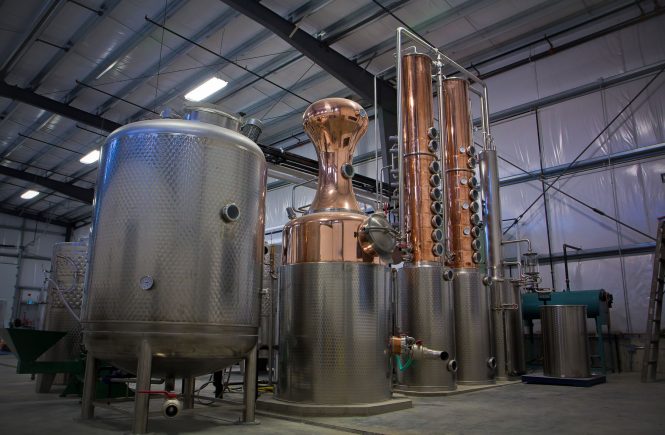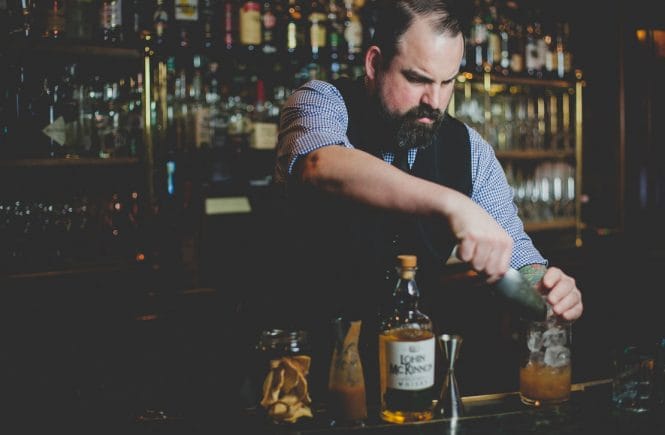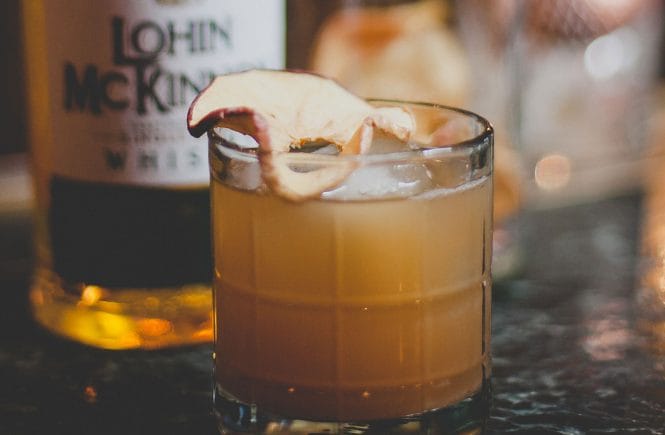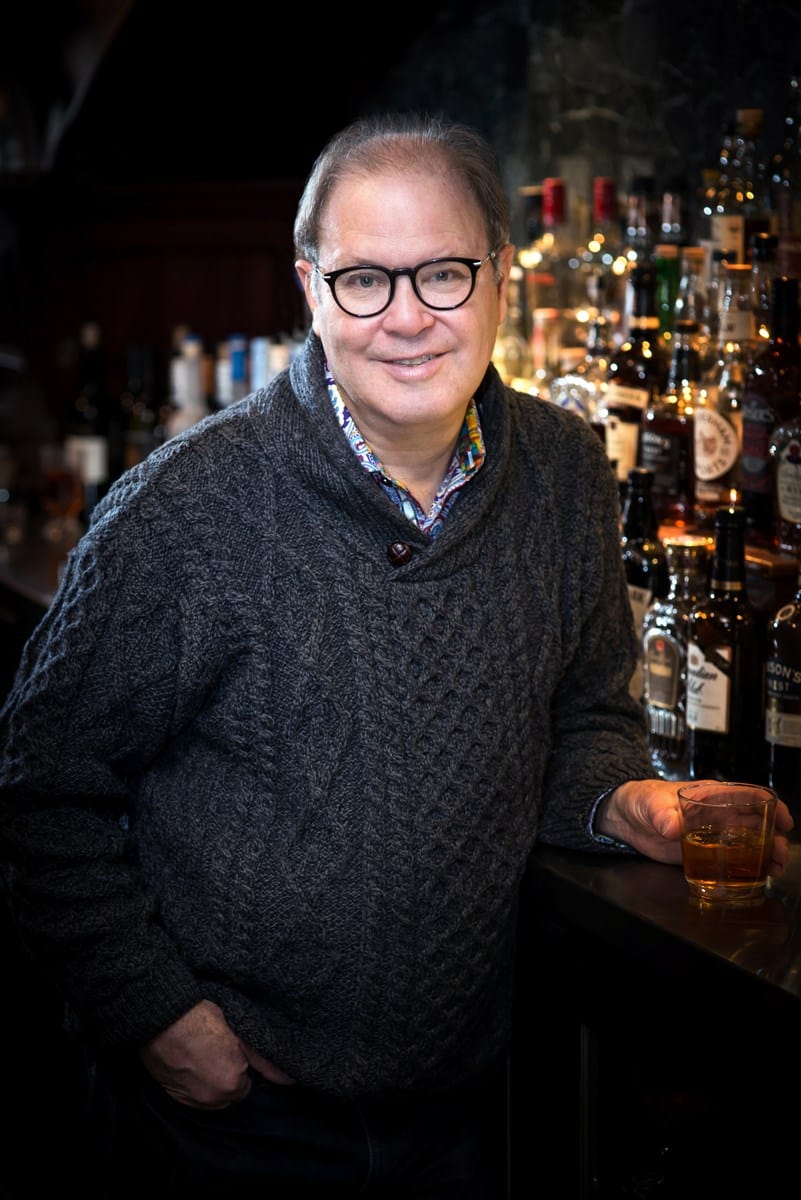
Davin de Kergommeaux and I are lounging in the oak-paneled sitting room of Willistead Manor in Windsor, Ont., ancestral home of the Hiram Walker family, sipping rye and, fittingly, talking about Canadian whisky.
“I’ve got a lot of single malt at home, but preferentially, I drink Canadian whisky,” says de Kergommeaux. “I like the rye spices in Canadian whisky. It’s flavourful, well-balanced and enjoyable.”
De Kergommeaux is the world’s foremost expert on Canadian whisky, founder of the Canadian Whisky Awards and author of the newly revised book Canadian Whisky: The New Portable Expert (Appetite by Random House, $25).
It’s safe to say that if you want to know anything about Canadian whisky, de Kergommeaux is your guy.
Mind you, he didn’t start out that way.
“I was a malt maniac and I was a single malt whisky snob,” he admits.
But scotch is expensive, while Canadian whisky is not. Often as not, he found himself sipping homegrown rye instead of single malt. “The more I tried it, the more I enjoyed it. And I found if you spent a little more, it compared with the single malts.”
Intrigued, he travelled around the country, tasting rye and visiting every operating distillery. “I may have been the first journalist to do so – they didn’t know what to do with me, so they showed me everything,” he says with a laugh.
But the turning point may have come a few years ago when he attended a prestigious whisky festival in Las Vegas. He couldn’t help but notice that, when it came to choosing whisky for their own enjoyment, the world’s most renowned palates invariably went Canadian.
His first book was published in 2012. Since then there have been huge changes in Canadian whisky, making this the perfect time for a new look at the scene.
The most noticeable change, of course, is the explosion of micro-distilleries.
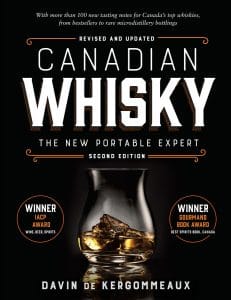
“I’ve got a map in the book of 49 whisky distilleries. There may have been 11 the first time around,” says de Kergommeaux. They comprise the “big eight” traditional distilleries and 41 micro-distilleries, including 16 in B.C., with more in the works.
But the biggest change is that, for the first time in a long time, Canadian whisky is cool again.
Unlike, say, Scotland, which has many, many rules regarding whisky, Canada has very few. The only one that really counts is that the grain distillate has to spend three years in a barrel before it can be called whisky – there aren’t even any rules about grain percentages, which means that “rye” might not actually contain much rye at all.
In the past, this free-form approach has led to some raised eyebrows. Now, though, there’s an appreciation for the innovation it allows. That said, it does come with a downside.
“It’s unfortunate that we have the three-year-old whisky law being interpreted as whisky being ready at three years old,” says de Kergommeaux, who feels too many new distillers are selling whisky before it’s ready.
“And,” he adds, “I don’t know why Canadian distillers are making single malt when the Japanese have already mastered it.”
In his book, he also offers updated instructions on how to taste whisky, a fascinating section on Canadian whisky history and 100 tasting notes on whiskies including sometimes little-regarded gems such as Canadian Club Small Batch Classic 12. “What a wonderful affordable whisky,” he says.
With that, we pour another shot of rye and raise a glass to a sweetly spicy elixir that distills the spirit of Canada. Cheers!
—by Joanne Sasvari


